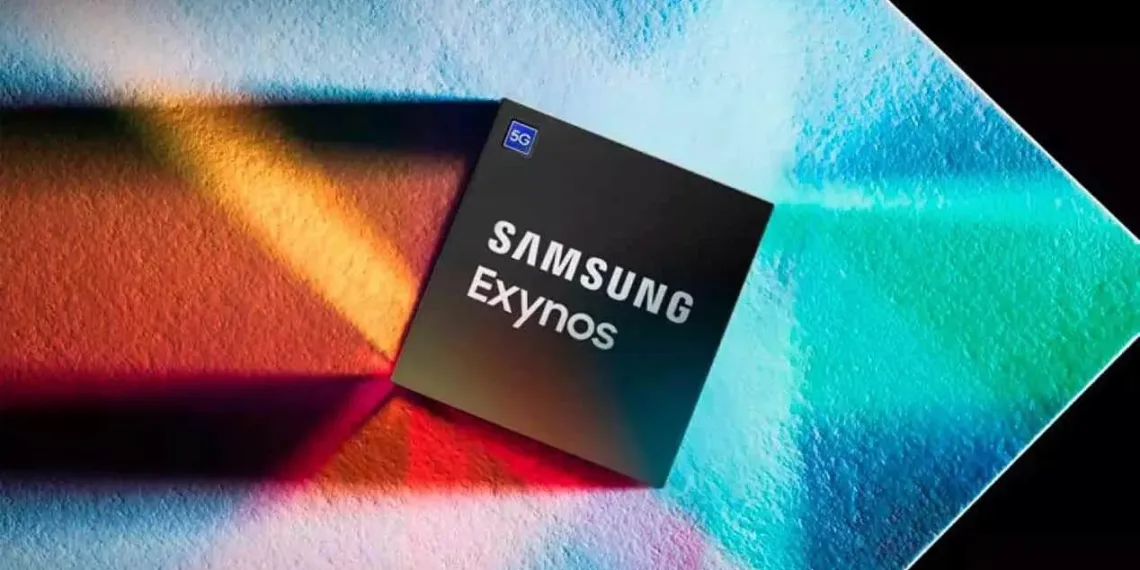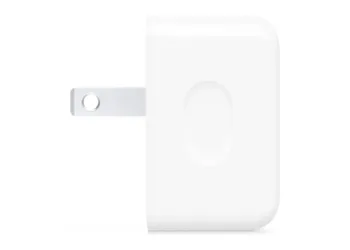Samsung made a choice to use the Snapdragon 8 Gen 2 chipset, for its Galaxy S23 series, leading to significant financial investments running into billions. This decision prompted the company to focus on developing and launching its Exynos 2400 chipset powering versions of the Galaxy S24. Recent reports suggest that Samsung is determined to boost the usage of its in-house silicon to effectively manage these costs.

Samsung’s Expenditure on Chipset in 2023
While opting for cutting-edge chipsets can give Samsung an edge in competitiveness and improve user satisfaction it also brings about consequences. As reported by Pulse News Samsung’s spending on chipset procurement hit $8.87 billion in 2023 showing a 3.1% rise from the year. The company has noted that prices for smartphone System on Chip (SoC) have seen an increase with a 30 percent difference compared to 2022 hinting at a continuing trend.

Even Qualcomm, Samsung chipset provider is facing expenses in using TSMC wafers. An executive from Qualcomm mentioned that the upcoming Snapdragon 8 Gen 4 chip might come with a price tag than its predecessor due to Qualcomm shifting from ARMs CPU designs to their Oryon cores. Furthermore, the Snapdragon 8 Gen 3 is quite a part valued at $200 per unit.
Acknowledging the rise in chip costs, Samsung has increased the manufacturing of its Exynos SoCs. However, there was a missed opportunity to collaborate with MediaTek, as the latter did not have sufficient supply of its flagship Dimensity chipsets at the time. Otherwise, Samsung might have considered using MediaTek’s chips in the early iterations of the Galaxy S series instead of Qualcomm’s Snapdragon range.

The report does not specify the potential savings Samsung could achieve through increased adoption of Exynos chipsets. Nonetheless, it will be interesting to observe the company’s expenditure when the next financial figures are released. Stay tuned for further updates on this matter.








